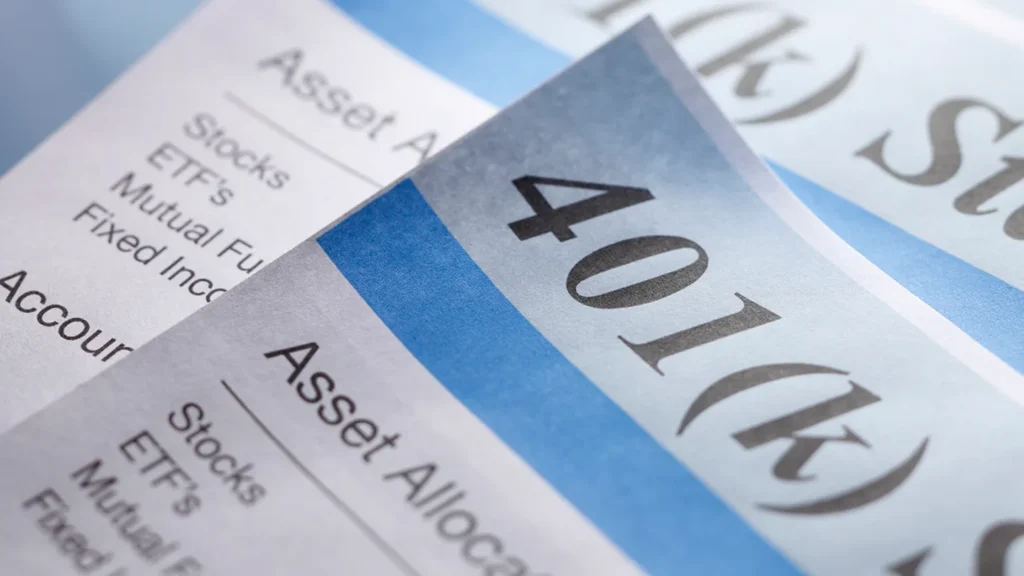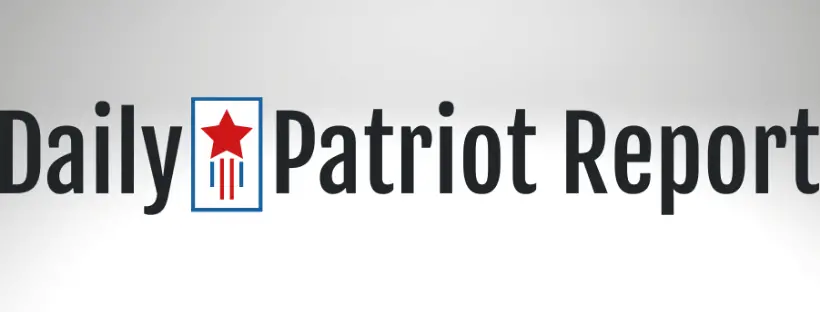Americans are increasingly tapping into their 401(k) plans due to financial hardship amidst inflation. Vanguard Group's data reveals a record 3.6% of 401(k) participants made emergency withdrawals in 2023.
This rate is up from 2.8% in 2022 and surpasses the pre-pandemic average of 2%. It's the highest since Vanguard began tracking in 2004. Hardship withdrawals are for pressing financial needs. These withdrawals are taxable and potentially subject to a 10% early withdrawal penalty for individuals under 59½. The penalty may be waived for qualified hardships like medical expenses.

Once taken, hardship withdrawals can't be repaid or rolled into another retirement account. The spike in withdrawals is linked to high inflation eroding purchasing power. In 2023, 40% used their 401(k) to avoid foreclosure, a rise from 36% the previous year.
The Labor Department notes a 0.4% rise in the consumer price index in February, with a 3.2% annual increase. Both rates exceeded January's figures, highlighting ongoing inflation challenges.
Inflation is squeezing U.S. households, especially those with lower incomes, by increasing the cost of essentials. As a result, Americans are depleting savings and accruing more credit card debt to manage expenses.
Credit card debt hit a new record of $1.13 trillion at 2022's end, marking the highest level since 2003 and the 10th consecutive yearly increase.
